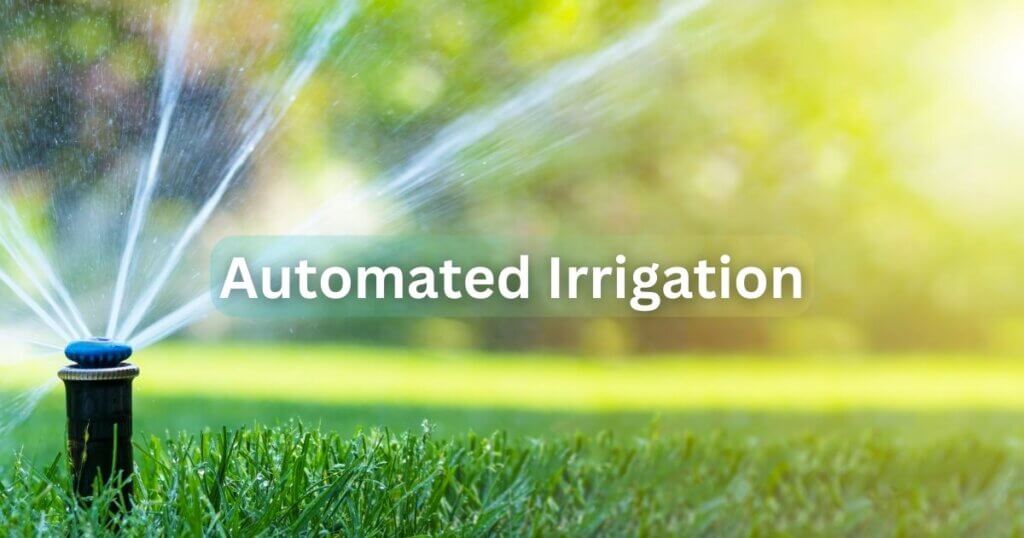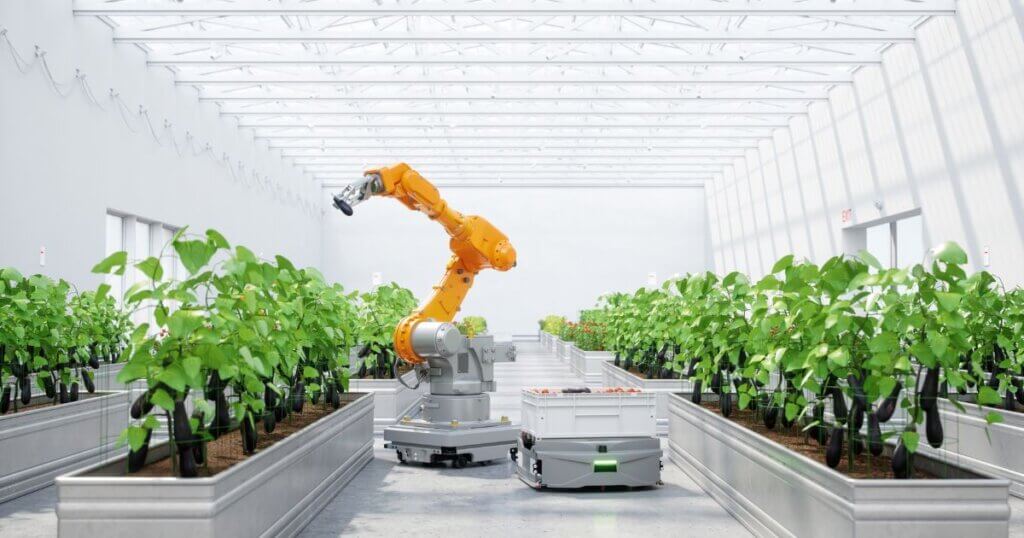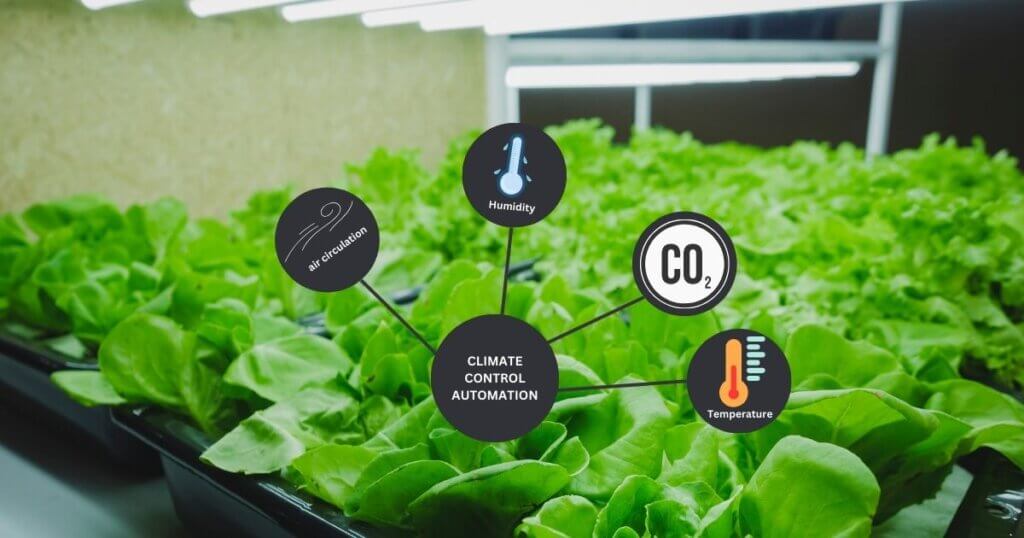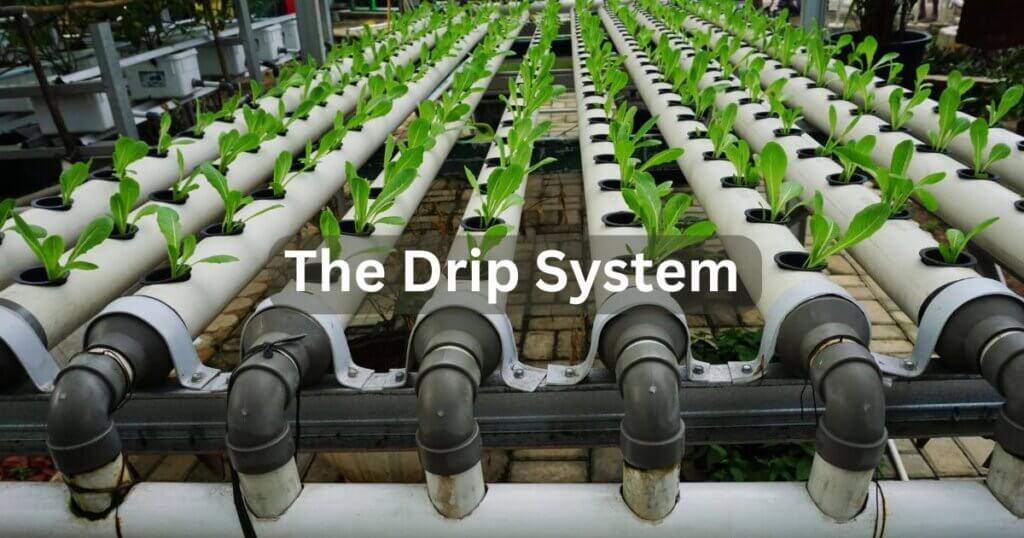Robotic Seeding: Ultimate Advantages Indoor Farming Techniques
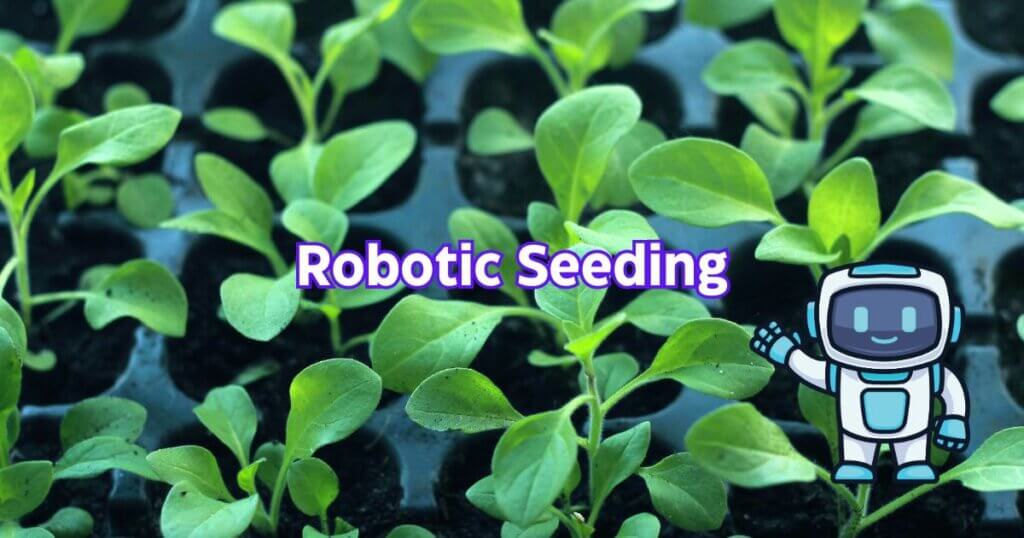
Some of the links in this post are affiliate links. As an Amazon Associate, we earn a referral fee from qualifying purchases—at no extra cost to you.
Indoor farming has gained significant attention recently due to its potential to address food security challenges, maximize crop yields, and minimize environmental impact. Precision robotic seeding has emerged as a game-changing technology in this ever-evolving field. Robotic seeders offer unparalleled precision, efficiency, and consistency by automating the seed planting process, revolutionizing how crops are cultivated indoors. In this article, we will explore the world of robotic seeding in indoor farming, highlighting its benefits, working principles, and future implications for sustainable agriculture.
Table of Contents
The Rise of Robotic Seeding in Indoor Farming
The Importance of Precision and Efficiency
Ensuring optimal crop growth and yield is a top priority for indoor farmers. Traditional manual seeding methods often need more consistent seed placement, resulting in uneven germination and plant growth. Robotic seeding systems address this challenge by offering exceptional precision and efficiency. Equipped with advanced sensors, these machines can precisely measure and place seeds at predetermined depths and spacing, resulting in uniform growth patterns and maximizing available space.
The Working Principles of Robotic Seeders
Robotic seeders employ a combination of cutting-edge technologies to accomplish their tasks. These machines have high-resolution cameras, machine vision algorithms, and robotic arms. The cameras capture detailed images of the planting area, allowing the system to identify optimal seed placement locations. The machine vision algorithms process this data, enabling the robotic arm to position the seeds in the designated spots precisely. By automating this process, robotic seeders eliminate the inconsistencies associated with manual seeding and significantly enhance the overall efficiency of indoor farming operations.
An AI-enabled mini-computer ideal like NVIDIA Jetson Nano Developer Kit for powering vision systems in robotic seeders. Supports object detection and machine learning models.
How Robotics Improves Labor Efficiency and Reduces Costs
In many indoor farming operations, labor costs can be a significant concern. Traditionally, farmers must employ large numbers of workers for planting, monitoring, and maintaining crops. Robotic seeders offer a way to automate these labor-intensive tasks, leading to a reduction in workforce requirements. As robots take over seeding and related tasks, human workers can focus on higher-value activities, such as monitoring plant health, analyzing crop data, and performing quality checks.
This shift not only leads to increased operational efficiency but also reduces the cost of labor over time. While the initial investment in robotic seeding systems may be high, the long-term cost savings are substantial, particularly when factoring in labor reductions, improved crop yields, and resource optimization.
Robotic Seeding: A Key to Sustainable Urban Agriculture
Urban farming is becoming increasingly popular as cities strive to become more self-sufficient in food production. Robotic seeding technology plays a vital role in the success of urban farming by enabling farmers to grow crops efficiently within limited spaces. With limited square footage and the need for high-density planting, traditional seeding methods are often not viable.
By automating the seeding process with precision robotic systems, urban farmers can make the most of their available space. The robots can plant crops in tight rows with perfect uniformity, maximizing the use of vertical and horizontal space. This ability to increase crop density leads to higher production without sacrificing quality or growth potential, making robotic seeding an essential tool in the future of urban agriculture.
A sleek countertop hydroponic garden that automates lighting, nutrients, and watering — great for leafy greens in compact urban setups.
Reducing Human Error: How Robotic Seeders Guaranteed Consistency
One of the key challenges in agriculture is the variability introduced by human error. When planting crops manually, it can be difficult to ensure the consistent depth and spacing of seeds, particularly when working in large fields or complex indoor setups. Even small deviations from optimal planting conditions can have significant effects on crop growth.
Robotic seeding systems eliminate these inconsistencies by offering repeatable precision. Once programmed, the robots can plant seeds consistently in the same manner every time, guaranteeing uniform crop growth and minimizing the risk of human error. This consistency results in better yield predictions, healthier plants, and a more reliable farming process overall.
An open-source, programmable robotic gardening system such as MGC1000 Robot Lawn Mower – Fully Automated Gardening Robot that automates planting, watering, and monitoring in home or small-scale farms.
The Role of Data Analytics in Robotic Seeding Systems
Robotic seeders are not just about planting seeds—they are also a valuable source of data. Equipped with sensors and cameras, these systems generate vast amounts of information that can be leveraged to improve farm operations. For example, data collected during the seeding process can be used to assess soil conditions, moisture levels, temperature variations, and plant growth progress.
Farmers can use this data to fine-tune their cultivation strategies, optimizing not only seed placement but also irrigation schedules, nutrient application, and pest management. The integration of data analytics with robotic seeders leads to a more intelligent farming approach that is data-driven, efficient, and responsive to changing conditions.
A smart controller, Inkbird WiFi Temperature and Humidity Controller that logs temperature and humidity data — vital environmental inputs for crop data analysis.
Potential Applications of Robotic Seeders Beyond Indoor Farming
While indoor farming is the primary application of robotic seeders, the technology has the potential to revolutionize other areas of agriculture as well. For instance, robotic seeders could be used in greenhouses, hydroponic farms, and vertical farms, all of which require precise and efficient planting methods.
Additionally, there are potential applications in large-scale outdoor agriculture, where robotic seeders could help plant crops with extreme precision in challenging environments, such as arid regions or remote locations. By ensuring uniformity in seed placement, robotic systems could help boost agricultural production in areas where traditional methods may struggle due to environmental challenges.
Durable grow bags that create structured growing environments ideal for controlled planting, compatible with robotic or hand-harvesting tools.
Benefits of Robotic Seeding in Indoor Farming
- Enhanced Precision and Consistency: Robotic seeders offer unparalleled precision, ensuring accurate seed placement and consistent crop growth. This precision enables farmers to optimize plant spacing and maximize yields, resulting in more efficient use of resources.
- Increased Efficiency and Productivity: Robotic seeders streamline operations and reduce labor-intensive tasks by automating seeding. This frees up valuable time and resources that can be redirected toward other critical aspects of indoor farming, such as crop monitoring and maintenance.
- Optimized Resource Utilization: Precision robotic seeding allows farmers to control the number of seeds planted and their spacing precisely. This optimization minimizes seed wastage and reduces competition among plants, resulting in improved resource utilization and healthier crops.
- Minimized Environmental Impact: Indoor farming aims to minimize the environmental footprint associated with traditional agriculture. Robotic seeding contributes to this goal by reducing the need for chemical treatments and fertilizers. With precise seed placement, targeted application of resources becomes possible, minimizing waste and environmental pollution.
- Future Potential and Scalability: As technology advances, robotic seeders have the potential to integrate with other smart farming technologies, such as AI-powered crop monitoring and automated harvesting. This integration can lead to a fully autonomous indoor farming system, revolutionizing the future of agriculture.
Challenges and Limitations of Robotic Seeding
While robotic seeding presents numerous benefits, it is essential to acknowledge some challenges and limitations of the technology.
- Initial Investment: Acquiring and implementing robotic seeding systems require significant upfront investment. However, this cost can be offset by the technology’s long-term benefits and increased productivity.
- Complexity and Maintenance: Robotic seeders are sophisticated machines that require regular maintenance and technical expertise to ensure optimal performance. This necessitates a trained workforce capable of handling and troubleshooting the technology.
- Crop-Specific Considerations: Different crops have unique requirements and seed characteristics. Robotic seeders must adapt to various seed types, shapes, and sizes. Ongoing research and development efforts are essential to ensure the technology’s compatibility with multiple crops.
- Operational Scale: While robotic seeders excel in smaller-scale indoor farming setups, implementing them on a large scale can pose logistical challenges. Scaling up the technology involves careful planning and coordination to optimize productivity and workflow.
The Future of Robotic Seeding in Indoor Farming
Integrating robotic seeding technology with other advancements in indoor farming holds great promise for the future. As the technology evolves, we can expect further enhancements in precision, speed, and adaptability. By combining robotic seeders with AI-powered systems, data analytics, and automation, indoor farmers can create highly efficient and sustainable farming operations.
Robotic seeders have the potential to revolutionize the agricultural industry by enabling year-round, climate-independent crop production. By embracing this transformative technology, we can unlock unparalleled productivity, reduce environmental impact, and enhance food security.
Conclusion
Robotic seeding represents a groundbreaking advancement in indoor farming. This technology revolutionizes how crops are cultivated indoors by offering precision, efficiency, and scalability. The benefits of robotic seeders, such as enhanced precision, increased efficiency, optimized resource utilization, and minimized environmental impact, make them a valuable asset for indoor farmers. As technology evolves, we can expect further advancements, paving the way for a sustainable and productive future in indoor agriculture.
FAQs – Robotic Seeding
1. How does robotic seeding handle different seed types and sizes?
Robotic seeders use adjustable mechanisms and AI-driven algorithms to accommodate various seed sizes, shapes, and densities. Some models feature interchangeable nozzles or grippers to ensure accurate placement for different crops.
2. What is the expected ROI for investing in robotic seeding technology?
The return on investment depends on farm size, crop type, and labor costs. Generally, indoor farms see ROI within 2-5 years due to increased yield, reduced labor expenses, and optimized resource use.
3. Can robotic seeders integrate with existing indoor farming systems?
Yes, most modern robotic seeders are designed to integrate with hydroponic, aeroponic, and vertical farming setups. They can also be linked to smart farming software for real-time monitoring and automation.
4. Are robotic seeders suitable for small-scale indoor farms?
While initially developed for large-scale operations, smaller and more affordable models are emerging, making robotic seeding accessible for small and medium-sized indoor farms.
5. What kind of maintenance do robotic seeders require?
Regular maintenance includes cleaning seed nozzles, calibrating sensors, updating software, and checking robotic arms for wear and tear. Preventive maintenance ensures longevity and optimal performance.
Other Useful Resources Related To Robotic Seeding
- “8 Planting and Seeding Robots You Should Check Out”
This article explores various planting and seeding robots, highlighting their capabilities and applications in modern agriculture. - “Planting Robots: Sowing the Seeds of the Agricultural Future”
An in-depth look at how planting robots are addressing labor, efficiency, and sustainability challenges in the agricultural industry. - “Transform Your Farm with FarmDroid: Unleash Sustainable Growth”
Information on the FarmDroid FD20, a solar-powered robot designed for precision seeding and weeding in organic farming. - “In Use: FarmDroid Weeding & Seeding Robot”
A case study demonstrating the practical application of the FarmDroid FD20 in organic farming, focusing on its seeding and weeding capabilities. - “16 Agricultural Robots and Farm Robots You Should Know”
An overview of various agricultural robots, including those used for planting, seeding, and other farming tasks, highlighting their impact on modern agriculture.
Some Interesting Robotic Sedding Videos






